
Every now and again, we stumble upon cartoon characters that tug at our heartstrings. They don’t just make us laugh; they also invoke surprisingly profound emotions for what many consider children’s entertainment.
One category that often stands out is the realm of “Sad Cartoon Characters.” These are the endearing, the tragically misunderstood, the perpetually downbeat characters whose melancholy essence adds depth to their animation world.
These characters, far from being two-dimensional, capture the range of human emotion, often helping us better understand feelings of sadness and loss.
Join us as we journey through laughter and tears, exploring the top sad cartoon characters that have made a lasting impact in animation.
Sad Cartoon Characters
This section delves into the world of sad cartoon characters, each with a unique narrative. We take a look at their storylines, the circumstances that shroud them in the gloom, and the pivotal roles they play in their animated worlds. Their stories echo the human experience, connecting us to them unexpectedly.
1. Eeyore (Winnie the Pooh)
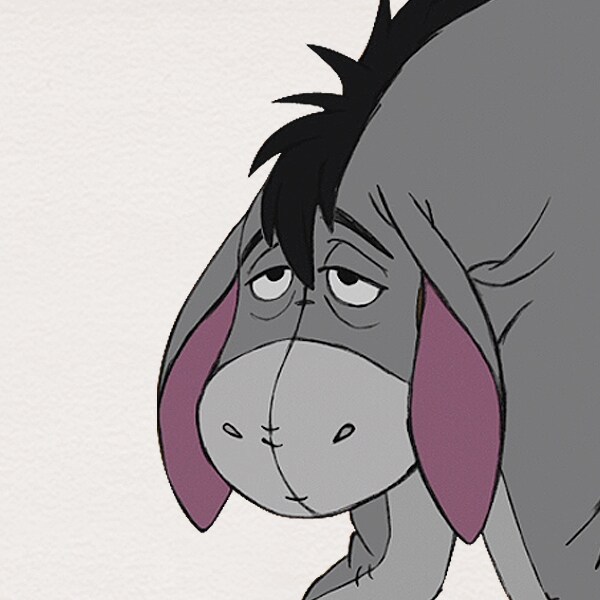
Eeyore is an unforgettable character from A.A. Milne’s world of Winnie the Pooh. He’s a small, old, plush gray donkey perpetually shrouded in melancholy. Eeyore’s somber demeanor, paired with his dry humor, makes him a standout character. His famous catchphrase, “Thanks for noticing me,” emphasizes his profound feelings of insignificance and neglect.
Despite his pessimism, Eeyore is an intensely loyal friend, quietly supportive, and a great listener. This endearing donkey showcases the complexity of sadness, demonstrating that even in the depths of despair, there is room for kindness, wisdom, and humor.
2. Sadness (Inside Out)
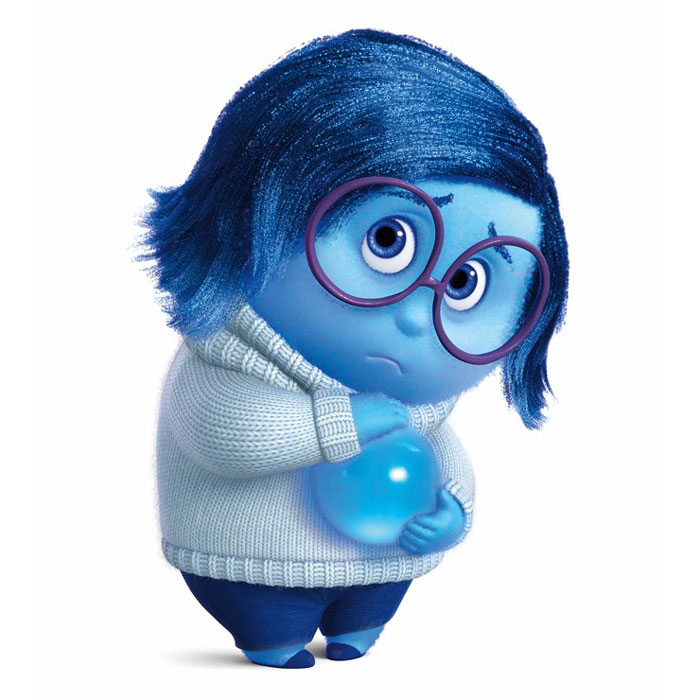
From Pixar’s groundbreaking film Inside Out, Sadness literally embodies the emotion she’s named after. Visually represented as a small, blue figure with large glasses, she brings depth and complexity to our understanding of emotions. Sadness plays a critical role in the emotional well-being of Riley, the film’s central character.
She’s initially perceived as a hindrance, but as the story unfolds, we learn that she is essential for empathy, understanding, and growth. Sadness challenges the notion that happiness is the only acceptable emotion, demonstrating that feeling sad is okay.
3. Charlie Brown (Peanuts)
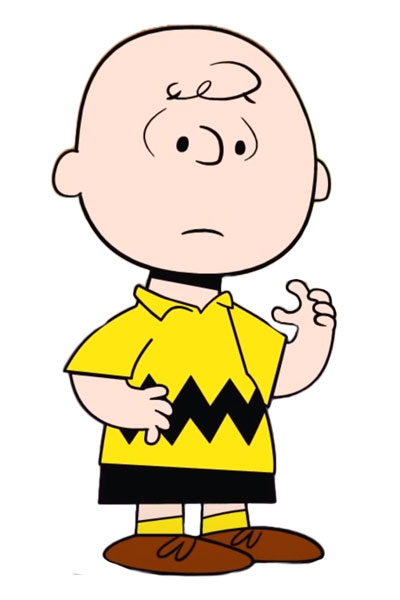
Charlie Brown from Charles M. Schulz’s Peanuts is the personification of chronic disappointment. Known for his iconic phrase, “Good grief,” he continually fails but never gives up, embodying resilience in adversity. Despite the persistent mishaps and failures, Charlie remains hopeful and compassionate, never losing his innate goodness.
His unyielding spirit, despite his depressive temperament, makes him one of the most human characters in the cartoon world. His portrayal opens up conversations about depression, anxiety, and low self-esteem in an approachable way for all ages.
4. Dumbo (Dumbo)
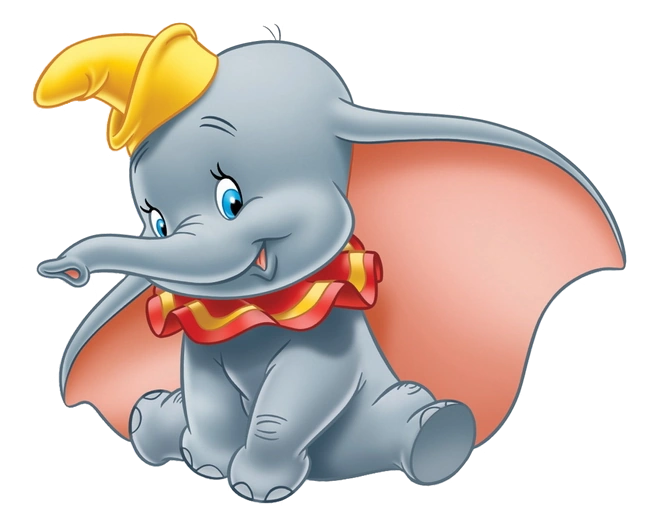
Disney’s Dumbo is a poignant tale of a baby elephant facing ridicule and rejection because of oversized ears. Dumbo’s story is a heartbreaking exploration of loneliness, body shaming, and bullying. His journey is filled with tears, but his character transcends these trials, and he learns to embrace his uniqueness.
The narrative also explores the depth of motherly love, with scenes of Dumbo and his mother pulling at the heartstrings. Dumbo’s story is a reminder of the Courage and strength that resides in those who face adversity.
5. Squidward Tentacles (SpongeBob SquarePants)

Squidward Tentacles from the hit Nickelodeon show SpongeBob SquarePants epitomizes perpetual discontent. This octopus, living among sea creatures, is often portrayed as a frustrated artist trapped in a monotonous job at the Krusty Krab.
Squidward’s sarcasm and pessimism starkly contrast SpongeBob’s ceaseless optimism, creating a dynamic to explore deeper emotional themes. His narrative delves into the struggles of unfulfilled dreams, dissatisfaction, and the monotony of daily life, making him a surprisingly relatable character for many adults.
6. Marvin the Martian (Looney Tunes)
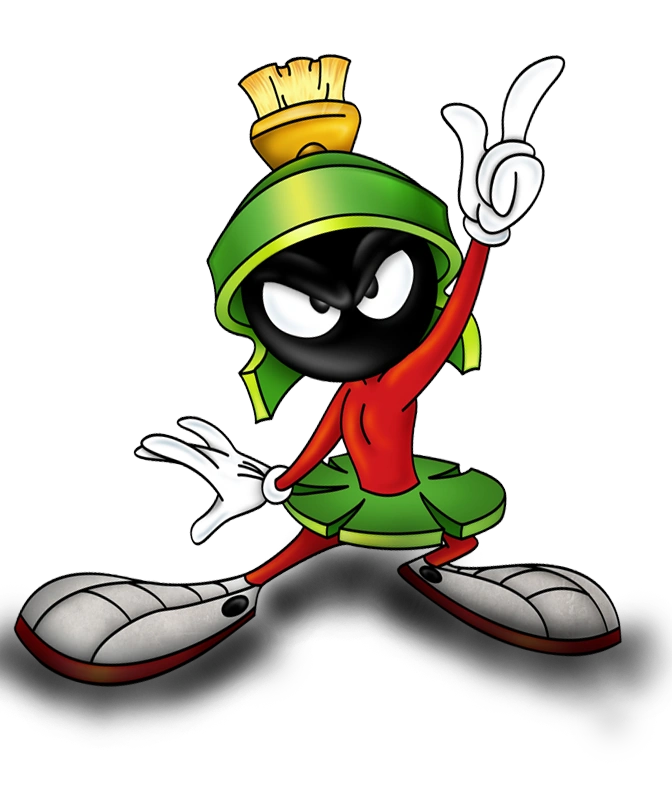
Marvin, the Martian from Looney Tunes, personifies loneliness and isolation. This small, brooding extraterrestrial, often clad in Roman soldier attire, continuously attempts to destroy Earth simply because it “obstructs his view of Venus.” Despite his destructive plans, he maintains a polite, calm demeanor, showcasing a sad dichotomy of wanting to fit in but being different.
His frustration and constant failures give Marvin an air of sadness, as he seems forever stuck in a cycle of fruitless endeavors. Marvin’s character explores the concept of alienation in its literal and metaphorical sense, inviting us to empathize with those who feel perpetually on the outside looking in.
7. Bambi (Bambi)

Disney’s Bambi is an emotional rollercoaster that introduces us to the harsh realities of life through the journey of a young deer. The poignant scene of Bambi losing his mother, which shakes his innocent world, is one of the most moving moments in animation history.
Bambi’s story is a potent exploration of grief, loss, and the painful yet inevitable part of growing up – dealing with the death of a loved one. Despite his heart-wrenching experiences, Bambi grows, learns, and matures, underlining the strength and resilience in vulnerability.
8. Meg Griffin (Family Guy)

Meg Griffin from Family Guy encapsulates the feelings of being the family’s black sheep. Often ignored, ridiculed, and dismissed by her family members, Meg’s character adds a note of sobering realism to this otherwise absurdly humorous show.
Her struggles with low self-esteem, body image, and desperate yearning for acceptance expose the darker side of adolescence. Meg’s character allows the show to explore themes of bullying, ostracization, and the all-too-real struggle of growing up feeling unseen and unappreciated.
9. Courage (Courage the Cowardly Dog)

Courage, the protagonist of Courage the Cowardly Dog, is a small, nervous pink dog with a big heart. Courage is frequently terrified despite his name, as he lives in a world filled with bizarre and often frightening circumstances.
His anxiety-ridden existence, stemming from his mission to protect his oblivious owners, gives him a sad yet endearing persona. Courage’s character explores themes of fear, paranoia, and the bravery it takes to face them, reminding us that Courage isn’t about being fearless but about acting in the face of fear.
10. Plankton (SpongeBob SquarePants)
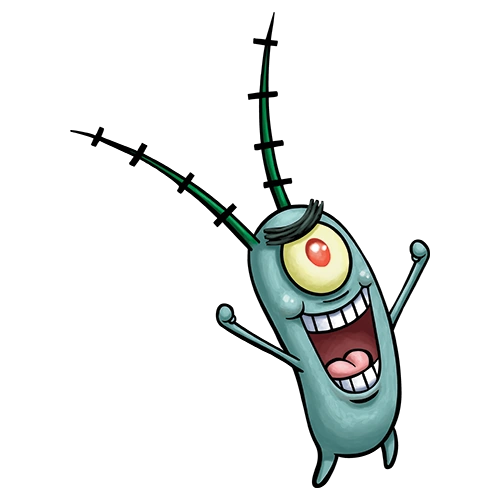
Plankton, the villainous copepod from SpongeBob SquarePants, has a perpetually gloomy disposition. Despite his diabolical plans to steal the Krabby Patty secret formula, Plankton is more pitiful than intimidating. His endless failures and unfulfilled dreams of success, combined with his struggling marriage, portray a surprisingly tragic figure.
His character delves into themes of ambition, failure, and the consuming desire for recognition, painting a picture of a character who, despite his machinations, is a lot sadder than he seems on the surface.
11. Sad Sack (Sad Sack)

Sad Sack from Harvey Comics is the epitome of a downbeat character. Created by George Baker during World War II, Sad Sack embodies the downtrodden, unlucky everyman. His name itself, a military slang term for a soldier inept at all tasks, paints a gloomy picture.
Known for his constant misfortunes and inability to catch a break, he is a silent sufferer of life’s harsh realities. Yet, his enduring spirit and perseverance shine through, making him a character you can’t help but sympathize with. His story invites us to empathize with those constantly battling life’s miseries and disappointments.
12. Angelica Pickles (Rugrats)
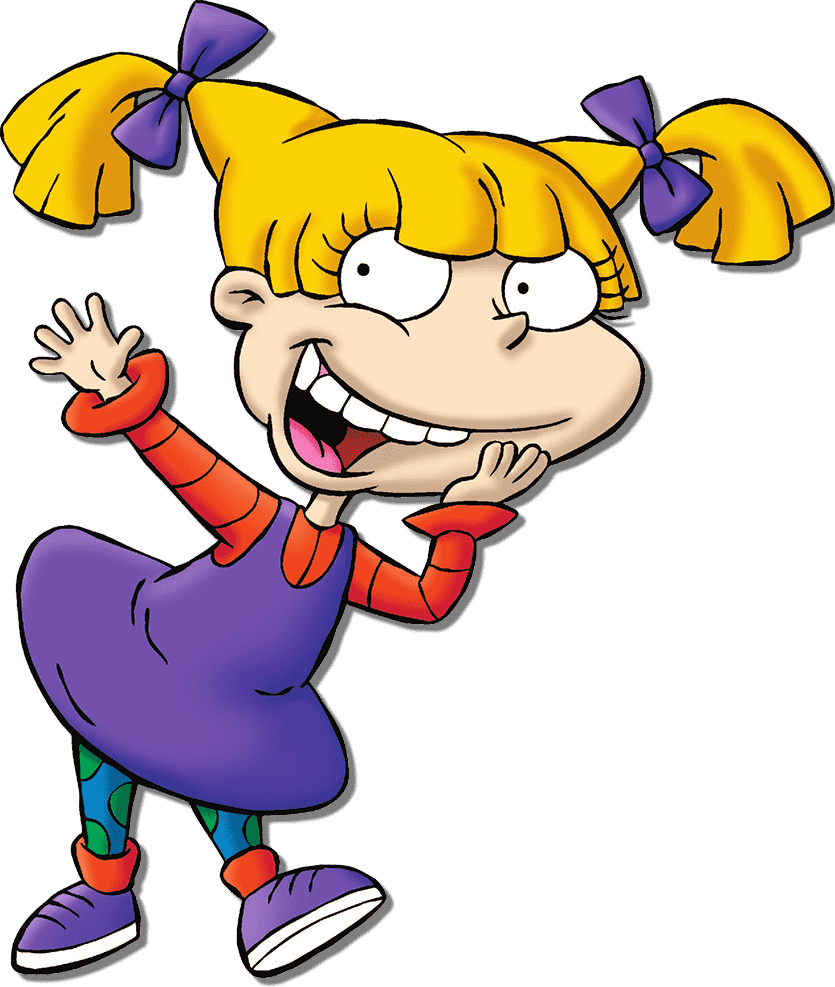
Angelica Pickles from The Rugrats is the resident antagonist of the show. Yet, beneath her bratty exterior lies a deeply misunderstood child who yearns for attention and affection. This precocious toddler often resorts to bullying her younger counterparts, reflecting her feelings of neglect.
She is often left in the care of others due to her parents’ busy schedules, so her behavior underscores a struggle for control and validation. Angelica’s character sheds light on the adverse impacts of emotional neglect on a child, making her a poignant character beneath her tough façade.
13. Lisa Simpson (The Simpsons)

Lisa Simpson from The Simpsons is one of the more complex characters on the show. A sharp contrast to her family members, she’s a gifted, saxophone-playing eight-year-old with a deep sense of morality. Lisa’s intelligence and empathy often make her feel misunderstood and alienated from her family and peers.
Despite her young age, she grapples with depression, loneliness, and existential dread. Lisa’s character highlights the struggle of feeling isolated due to intellectual and emotional differences, offering an emotionally nuanced look at childhood and family dynamics.
14. Wile E. Coyote (Looney Tunes)

Wile E. Coyote from Looney Tunes embodies persistence despite consistent failure. Known for his unending, yet always fruitless, pursuit of the Road Runner, his mishaps often result from the boomerang effect of his overly complex plans.
His perpetually defeated, battered, and bruised appearance gives him an aura of sadness, but his undying determination is strangely uplifting. His character serves as a comical yet thought-provoking exploration of failure, perseverance, and the Sisyphean struggle of unattainable desires.
15. Sad Bear (Happy Tree Friends)

Sad Bear from the Happy Tree Friends is a walking paradox. Despite the show’s cheerful name, his character is a blend of sorrow and despair. His constantly gloomy demeanor starkly contrasts the vibrant, colorful world he inhabits. Forever seeming on the brink of tears, his sadness is both visually and emotionally impactful.
His character provides a raw depiction of chronic depression, presenting an unsettling contrast in a show seemingly aimed at a young audience. His portrayal prompts a discussion on mental health, illustrating that appearances can be deceptive and internal struggles may go unnoticed.
16. Arnold (Hey Arnold!)
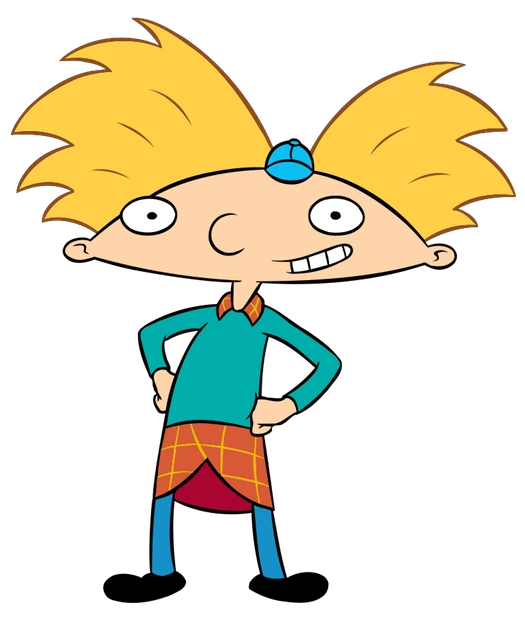
Arnold from Hey Arnold! is a contemplative character in animation. Living with his grandparents in a boarding house and missing his parents, Arnold often exudes an air of melancholy and longing. His signature tiny blue hat and untamed blonde hair are as distinctive as his introspective nature.
Known for his kindness, empathy, and sage advice, he often helps others while dealing with his own feelings of loss. Arnold’s character profoundly represents childhood resilience and the struggle to find happiness despite life’s challenges.
17. Helga Pataki (Hey Arnold!)

Helga Pataki, also from Hey Arnold!, is an intriguing contrast study. Outwardly tough and bossy, she conceals a deep, unspoken love for Arnold. This unrequited love is the source of her sustained sadness.
Living in the shadow of her overachieving older sister and often neglected by her parents, Helga uses her gruff exterior as a shield against vulnerability. Her character explores the complexities of hidden emotions and the impacts of familial neglect on a young child’s emotional development.
18. Patrick Star (SpongeBob SquarePants)
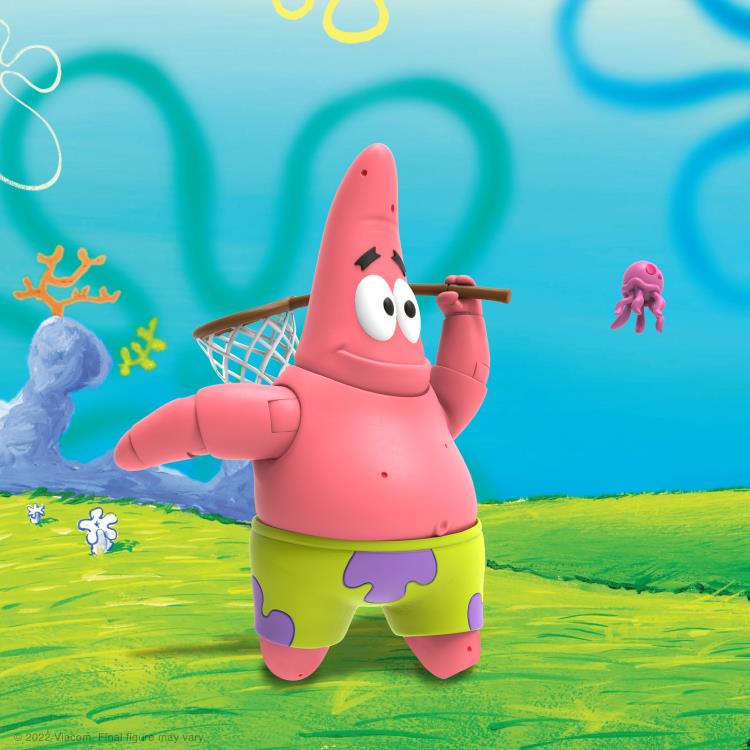
Patrick Star from SpongeBob SquarePants is often depicted as an uncomplicated character with a carefree, goofy personality. However, Patrick exhibits profound sadness and isolation due to his perceived lack of intelligence. His sometimes oblivious persona hides a sensitive character who experiences feelings of inadequacy and loneliness.
Despite the show’s generally upbeat tone, Patrick’s character reminds viewers of the importance of self-acceptance and the pain of feeling misunderstood or undervalued.
19. Ed (Ed, Edd n Eddy)

Ed from Ed, Edd n Eddy is the simple-minded yet lovable trio member. Despite his generally cheerful demeanor, Ed often seems sad and unfulfilled, struggling with his strict upbringing and his constant ridicule due to his lack of intelligence.
His character represents the struggle of not fitting societal expectations and the sadness of constantly trying to please others. Despite his challenges, Ed’s genuine kindness and innocence shine through, giving depth to his character beyond the comedy.
20. Eustace Bagge (Courage the Cowardly Dog)
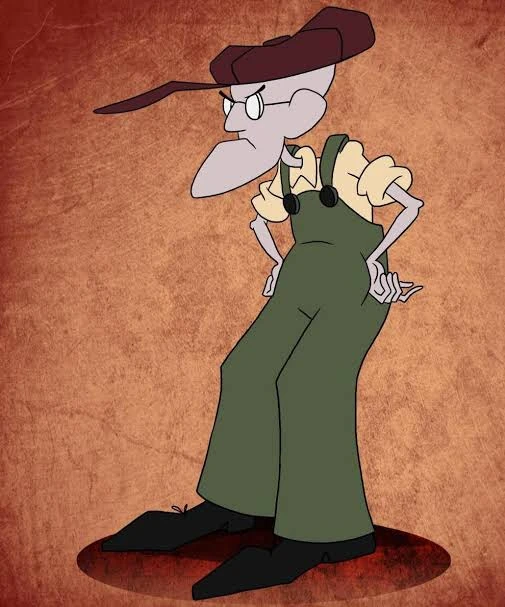
Eustace Bagge, the grumpy farmer in Courage the Cowardly Dog, is a testament to the notion that sadness often manifests as anger. Eustace consistently faces misfortune, often due to his stubbornness or greed. Behind his cantankerous facade lies a character burdened by his failures, who takes out his frustration on Courage.
His character represents deep unhappiness exacerbated by his refusal to change his ways. His portrayal offers a perspective on how sustained bitterness and resentment can express profound sadness.
21. Nemo (Finding Nemo)
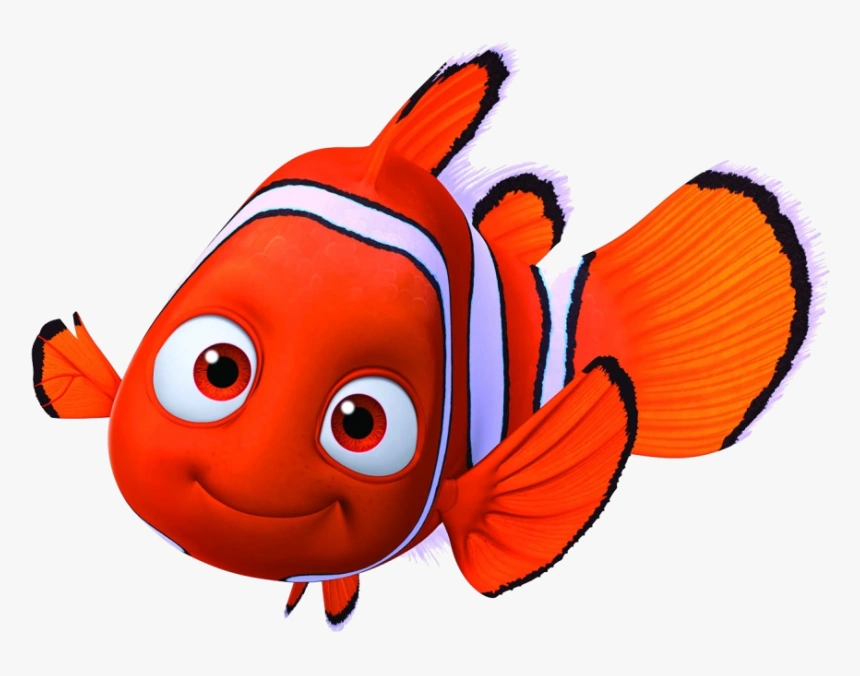
Nemo from Pixar’s Finding Nemo is a young clownfish whose story is tragic and courageous. Born with a smaller fin due to a traumatic incident that took his mother and siblings, Nemo’s physical difference adds a layer of sadness to his character. However, it’s his bravery and determination that shine through.
Nemo’s journey, filled with obstacles and heart-wrenching moments of fear and loneliness, serves as a powerful exploration of disability, self-acceptance, and resilience. His story highlights the importance of determination and Courage in overcoming life’s challenges.
22. Puss in Boots (Shrek)

Puss in Boots from the Shrek franchise is a charming, sword-fighting cat with a heartbreaking backstory. Abandoned and raised in an orphanage, Puss carries a deep sense of loneliness and regret, often masked by his swashbuckling bravado.
Despite his adventures and bravado, an undercurrent of sadness surfaces, particularly when recounting his past. His story is a reminder that everyone has their battles, regardless of how carefree they may seem on the outside.
23. Mandy (The Grim Adventures of Billy & Mandy)
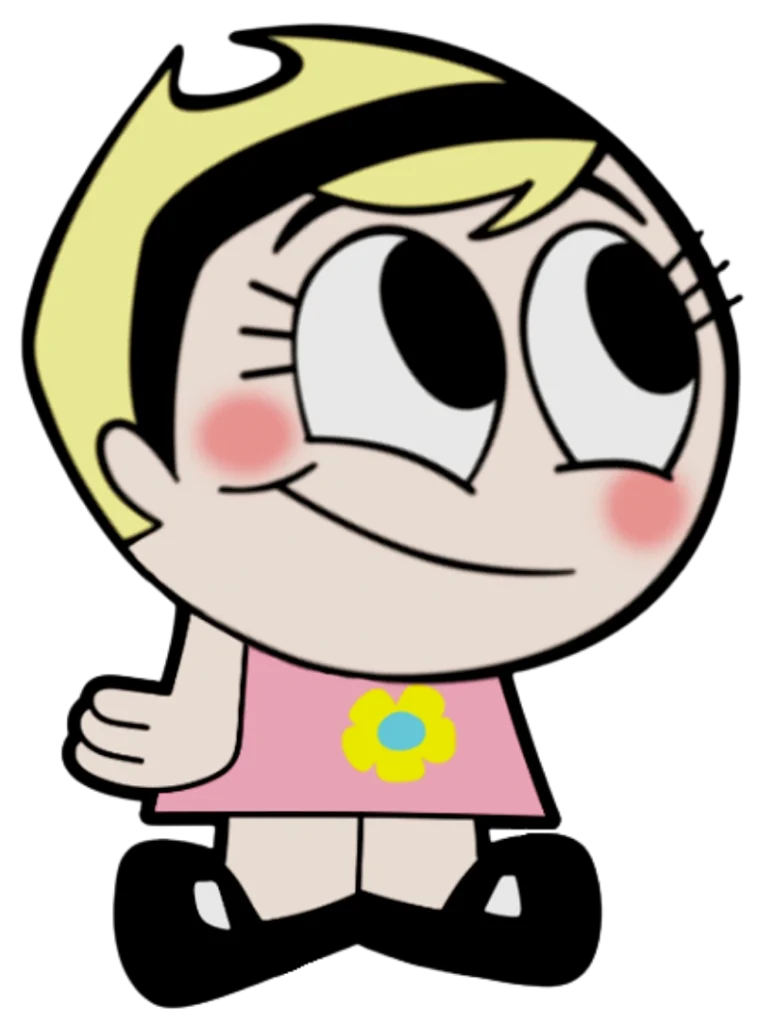
Mandy from The Grim Adventures of Billy & Mandy is an eternally unimpressed and grumpy character. Rarely seen smiling and almost always frowning, Mandy’s cold, indifferent demeanor is both intriguing and somewhat melancholic. Her constant pessimism and cynical view of the world add a layer of complexity to her character.
Mandy’s portrayal is a stark reminder that not all children’s characters are cheerful and upbeat. Despite her gloomy disposition, Mandy possesses a powerful strength and resilience that is deeply engaging.
24. Frown (The Care Bears)
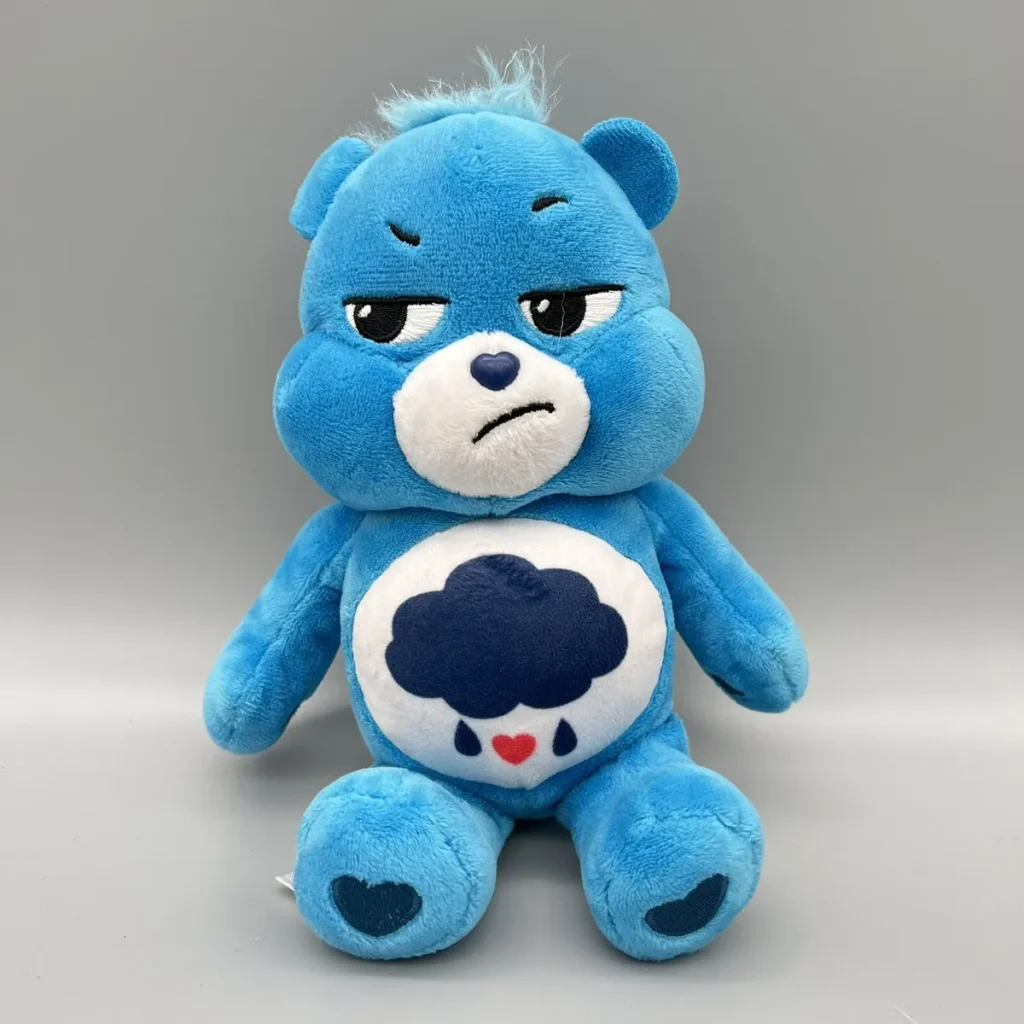
Frown from The Care Bears is a unique character who personifies unhappiness in an otherwise cheerful universe. Known as the bringer of bad luck, Frown’s persistent gloominess is his defining characteristic. The gloom he spreads isn’t born from malice but from his innate melancholy nature.
His character explores the concept of inherent sadness, showcasing that sometimes, one’s gloom can’t be easily explained or dismissed. Despite his seemingly dismal presence, Frown’s character helps open conversations around accepting and empathizing with one’s emotions, even when they’re negative.
25. Droopy (Droopy)
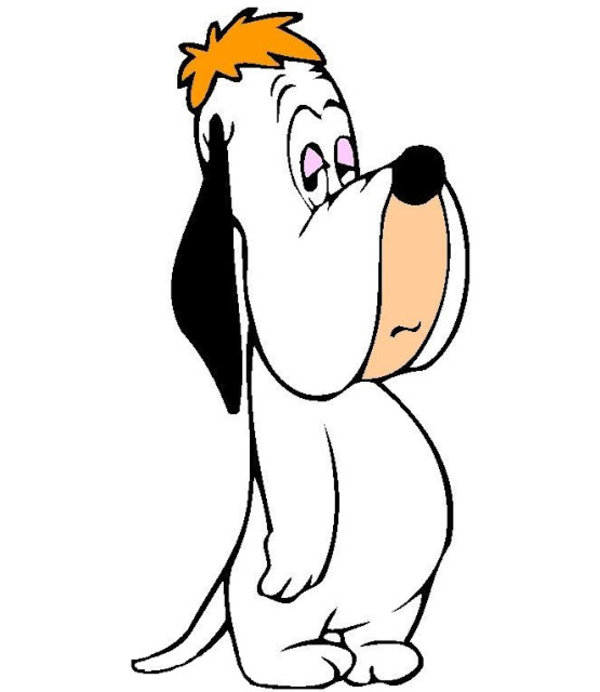
Droopy, the iconic character from Tex Avery’s MGM cartoons, is known for his perpetually sad expression and lethargic voice. Despite his drooping face and slow-moving demeanor, Droopy often emerges victorious in his cartoons. His character, while steeped in melancholy, also subtly exemplifies resilience and determination.
His victories, achieved despite his seeming lack of enthusiasm, challenge the stereotypes surrounding sadness. Droopy serves as a reminder that appearances can be deceiving and strength comes in many forms.
26. Tootie (The Fairly OddParents)
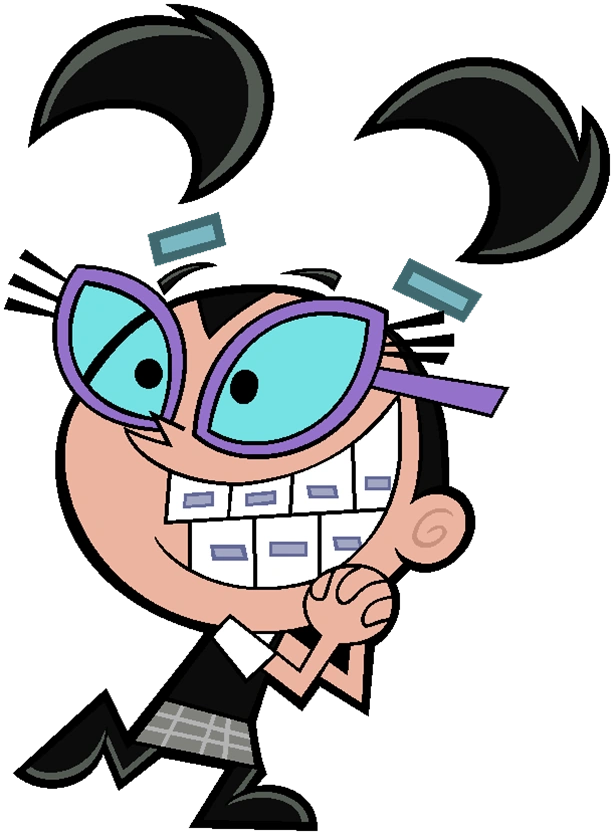
Tootie from The Fairly OddParents is a character who beautifully encapsulates the pain of unrequited love and loneliness. Recognizable by her large glasses and braces, Tootie is deeply in love with Timmy Turner, who often overlooks her affection. Her unrequited feelings and her issues with her older sister, Vicky, paint a picture of a character with a deeply ingrained sadness.
Despite her cheerfulness, she is melancholy as she continuously strives for acceptance and love. Tootie’s character showcases the emotional pain of feeling unseen and unloved.
27. Buttercup (The Powerpuff Girls)

Buttercup, the toughest fighter of The Powerpuff Girls, might seem like a strong, fearless character, but beneath her tough exterior lies a softer, more sensitive side. Often struggling with her identity and feeling misunderstood, Buttercup exhibits a melancholic streak that’s typically masked by her tough demeanor.
Her internal struggles to fit into a predetermined mold while dealing with her inherent toughness provide a complex and nuanced depiction of her character. Buttercup’s portrayal invites viewers to explore the impact of societal expectations and the value of self-acceptance.
28. Zuko (Avatar: The Last Airbender)
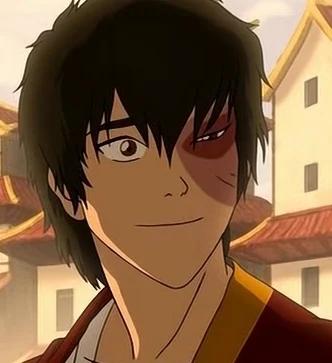
Prince Zuko of Avatar: The Last Airbender is a prime example of a deeply tragic character. Exiled by his father and scarred physically and emotionally, Zuko carries a heavy burden of regret, anger, and sadness. His journey, characterized by internal conflict and the desperate search for honor, is steeped in melancholy.
Yet, Zuko’s transformation from a banished prince to a compassionate ally is a testament to resilience, redemption, and the possibility of change. His character serves as a powerful exploration of the complexity of human emotions and the capacity for growth.
29. Timmy Turner (The Fairly OddParents)

Timmy Turner, the protagonist of The Fairly OddParents, might have magical fairy godparents, but that doesn’t shield him from sadness. Neglected by his parents and tormented by his evil babysitter, Vicky, Timmy’s life is filled with adversity.
His sadness is a fundamental reason why his fairy godparents exist; they’re there to grant his wishes and make him happy. While delivering humor and magical antics, Timmy’s character explores childhood loneliness and the longing for care and attention.
30. Gru (Despicable Me)

Gru, the anti-hero of Despicable Me, starts as a despicable villain but quickly reveals a softer side. Beneath his villainous facade lies a lonely man with a tragic past, having been neglected and belittled by his mother.
Gru’s transformation from a heartless villain to a loving father figure is a journey filled with moments of sadness, humor, and warmth. His character offers a profound commentary on the human capacity for change, the importance of family, and the idea that it’s never too late to alter one’s path in life.
Final Thoughts
In exploring the top 30 sad cartoon characters, we’ve uncovered the hidden depths of our favorite animated personas, revealing a profound blend of melancholy, resilience, and humanity.
From Eeyore’s constant gloom to Zuko’s heart-wrenching journey of redemption, these characters reflect real-life struggles and emotions. They teach us that sadness is not a weakness but a vital aspect of our emotional spectrum.
Despite their animated form, these characters offer valuable life lessons, urging us to embrace our feelings, grow through adversities, and understand that feeling sad is okay. Their stories continue to resonate, leaving indelible impressions on our hearts.
Discover more from reviewer4you.com
Subscribe to get the latest posts to your email.





